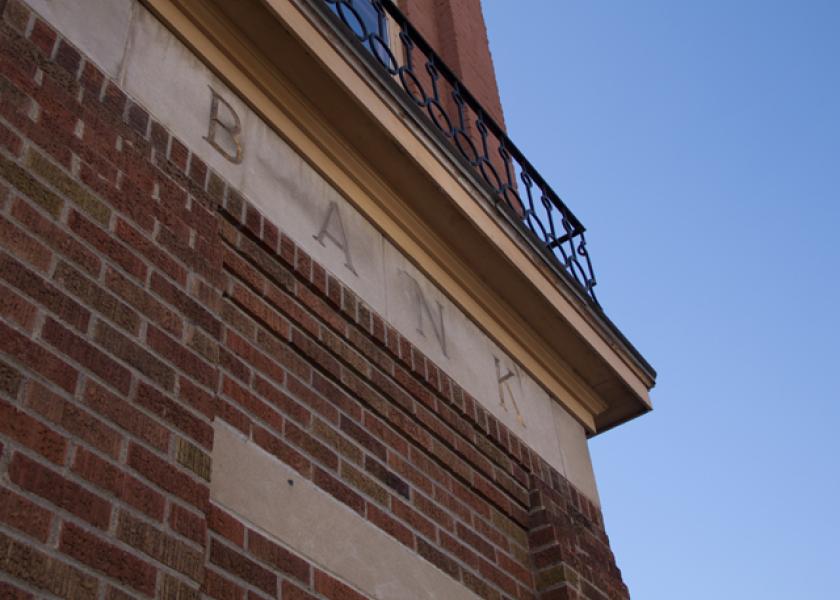Rural Bankers Turn Sour on Economy

For a second consecutive month, the overall Rural Mainstreet Index (RMI) sank below growth neutral, according to a survey of bank CEOs. The RMI, conducted monthly by Creighton University’s Dr. Ernie Goss, measures the attitudes and opinions of bank CEO in rural areas of a 10-state region dependent on agriculture and/or energy.
Overall: The region’s overall reading for September fell to 44.4 from September’s 49.5. The index ranges between 0 and 100, with a reading of 50.0 representing growth neutral.
“This is the weakest recorded reading for 2023 and points to weaker farm and non-farm economies. Despite this weakness, only 26.8% of banks report tightening credit standards for farmers while 34.5% indicate their bank had tightened credit standards for businesses in their area,” says Goss.
Farming and ranching land prices: The region’s farmland price index dropped to 55.6 from September’s 65.4. “Creighton’s survey continues to point to solid, but slowing, growth in farmland prices as farm commodity prices weaken,” states Goss.
Farm equipment sales: The farm equipment-sales index for October increased slightly to a weak 48.0 from September’s 44.0. “This is the fourth time in the past five months that the index has fallen below growth neutral. Higher borrowing costs are having a negative impact on the purchases of farm equipment,” observes Goss.
“For a second consecutive month, several bankers voiced concerns over economic losses of pork producers in their area,” Goss adds.
Jim Eckert, CEO of Anchor State Bank in Anchor, Ill. said, “Harvest is well under way in our area. Yields appear to be equal or better than 2022, despite drought conditions in July.”
Jeff Bonnett, president of Havana National Bank in Havana, Ill., “Regarding the top farm challenge for the next 12 months, it is really the combination of higher interest rates, lower crop prices, high input costs and trade barriers. It would seem that the perfect storm is beginning to fester up.”
Banking: The October loan volume index climbed to strong 77.7 from September’s 70.3. The checking deposit index slumped to very weak 26.9 as an increasing number of depositors sought higher rates of return outside of banking. On the other hand, the index for certificates of deposits and other savings instruments increased to 59.6 from 59.3 in September.
“Higher short-term interest rates produced by Federal Reserve rate hikes over the past year continue to pose a significant threat to community banks by expanding the costs of customer deposits while the rates on bank loans have not risen as significantly over the same time period,” notes Goss.
Bankers were asked the greatest challenge to farming profitability over the next 12 months. Approximately:
*44.4% named low or falling crop prices;
*22.2% identified rising or high interest rates;
*14.8% registered rising or high farm input costs;
*7.4% reported trade barriers and trade restrictions;
*The remaining 11.2% named other factors such as low hog prices and marketing of crops;
*Despite higher interest rates, no bankers identified farm loan bankruptcies.
Confidence: Higher interest rates, deposit outflows and a rising regulatory environment continue to constrain the business confidence index to a much weaker 24.1 from 26.8 in September. “This month’s reading is the most negative outlook recorded since May 2020. Over the past 12 months, the regional confidence index has fallen to levels indicating a very negative outlook,” says Goss.
“Approximately 51.9% of bankers expect economic conditions to worsen in the next six months,” states Goss.
The survey represents an early snapshot of the economy of rural agriculturally- and energy-dependent portions of the nation. The RMI is a unique index covering 10 regional states, focusing on approximately 200 rural communities with an average population of 1,300.






